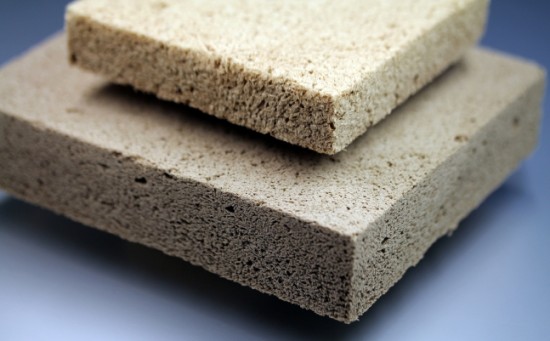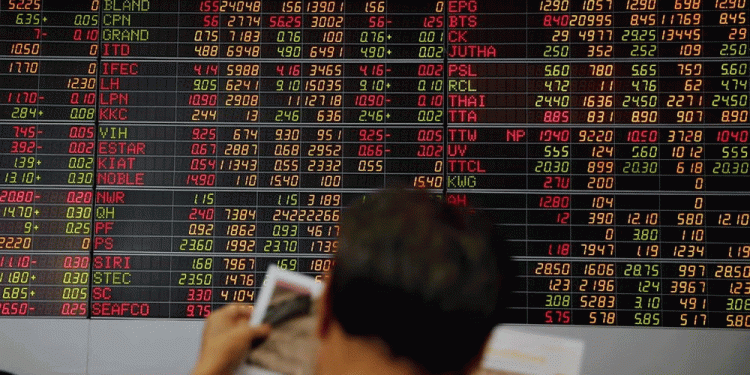Demand for polymer foams is anticipated to increase significantly in Asia Pacific, particularly in China, India and Indonesia, owing to growth in the building and construction and automotive industries in the region, as per Transparency Market Research. In 2014, Asia Pacific was the dominant market for polymer foams followed by Europe and North America. The U.S was one of the largest markets for polymer foams in North America in 2014. The U.S economy has recovered recently; it is close to the pre-recession level. The construction industry in North America is expected to experience stable growth in the next few years. This, in turn, is likely to drive the polymer foams market in the region. In 2014, Germany accounted for the largest market share in Europe, followed by Italy, France, and the U.K. The polymer foam market in North America and Europe is characterized by similar market conditions. The polymer foams market is projected to witness strong growth in countries such as Brazil, due to increase in urbanization and significant expansion of the automobile industry in the near future. Demand for polymer foams is estimated to be high in Asia Pacific due to rise in construction and industrial activities in the region in the near future. Asia Pacific is characterized by increase in automotive sales, major infrastructure developments, and growth in urbanization. These factors are likely to be the major demand drivers for the polymer foams market in the region. Demand for bedding and furniture and automotive seats is projected to rise in Asia Pacific in the next few years due to growth in disposable income in the region. This is likely to further fuel the demand for polymer foams in the near future
 Polyurethane foams is the dominant product segment of the polymer foam market, followed by polystyrene and polyvinyl chloride. Polyurethane foams are widely used across the globe in various applications such as furniture, bedding, insulation, and automotive. Polyurethane foams are the preferred material of choice in various applications due to their widespread applications and better cost-to-performance characteristics. These foams are available in two product types: flexible foams and rigid foams. Flexible foams are used in cushioning applications, while rigid foams are widely used in thermal insulation applications. Polyolefin foams are expected to witness strong growth in the next few years owing to increasing acceptance of these foams in numerous applications in industries ranging from building and construction to aerospace. Demand for polymer foams is anticipated to witness steady rise over the next few years, led by growth in the building and construction industry and increasing demand for these foams in automotive applications across the globe
Polyurethane foams is the dominant product segment of the polymer foam market, followed by polystyrene and polyvinyl chloride. Polyurethane foams are widely used across the globe in various applications such as furniture, bedding, insulation, and automotive. Polyurethane foams are the preferred material of choice in various applications due to their widespread applications and better cost-to-performance characteristics. These foams are available in two product types: flexible foams and rigid foams. Flexible foams are used in cushioning applications, while rigid foams are widely used in thermal insulation applications. Polyolefin foams are expected to witness strong growth in the next few years owing to increasing acceptance of these foams in numerous applications in industries ranging from building and construction to aerospace. Demand for polymer foams is anticipated to witness steady rise over the next few years, led by growth in the building and construction industry and increasing demand for these foams in automotive applications across the globe
Polymer foams are extensively used across the globe in various applications. Polymer foams are prepared by quickly mixing gas and solid phase in order for the system to respond in a smooth fashion. The combining of the phases results in the formation of a polymer matrix that incorporates either air tunnels or air bubbles. Resins used in the manufacture of polymer foams include polyurethane, polystyrene, polyvinyl chloride, and polyolefins. Based on their structure, polymers foams are categorized into open-cell polymer foams or closed-cell polymer foams

























